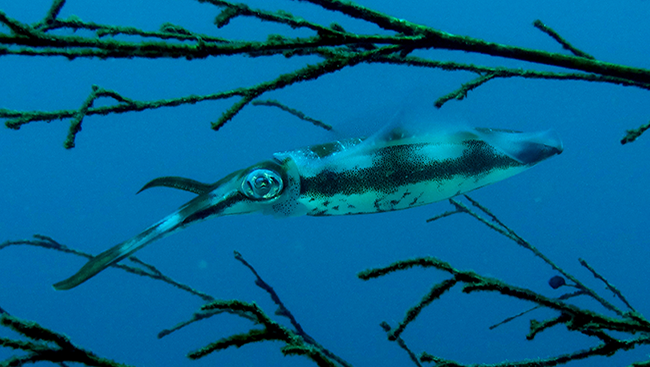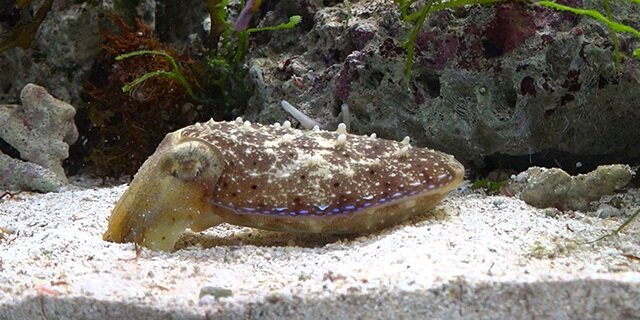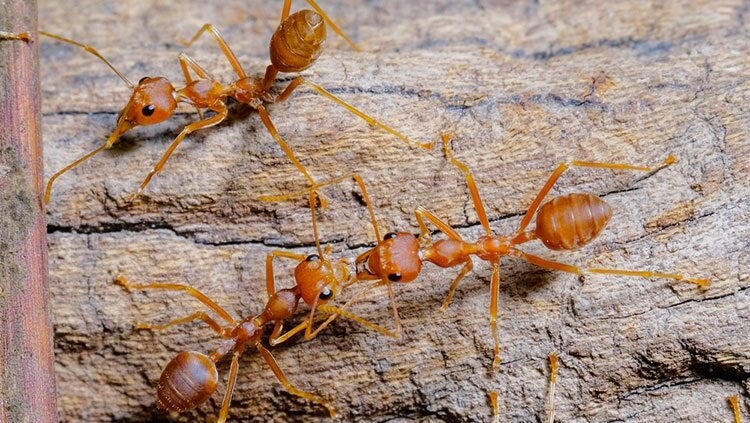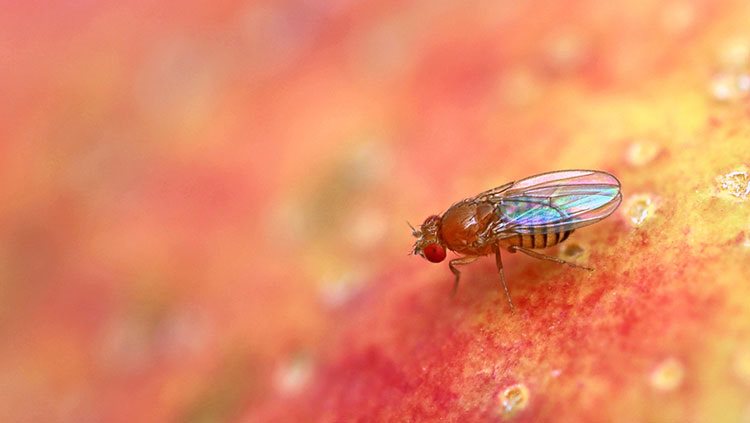Hiding in Plain Sight
- Published13 Feb 2017
- Reviewed13 Feb 2017
- Author Alexis Wnuk
- Source BrainFacts/SfN

Cephalopods — octopus, squid, and cuttlefish — hide from predators and communicate with other members of their species in a unique way: by altering the color and texture of their skin. Should a predator come along, they quickly survey their environment and select an appropriate disguise; neurons running from the brain then contract and expand pigment-containing sacks in the skin to adjust the skin’s appearance. Researchers studying the oval squid (pictured above) revealed how the brain areas controlling this shape-shifting ability are organized.
CONTENT PROVIDED BY
BrainFacts/SfN
Also In Animals in Research
Trending
Popular articles on BrainFacts.org


















